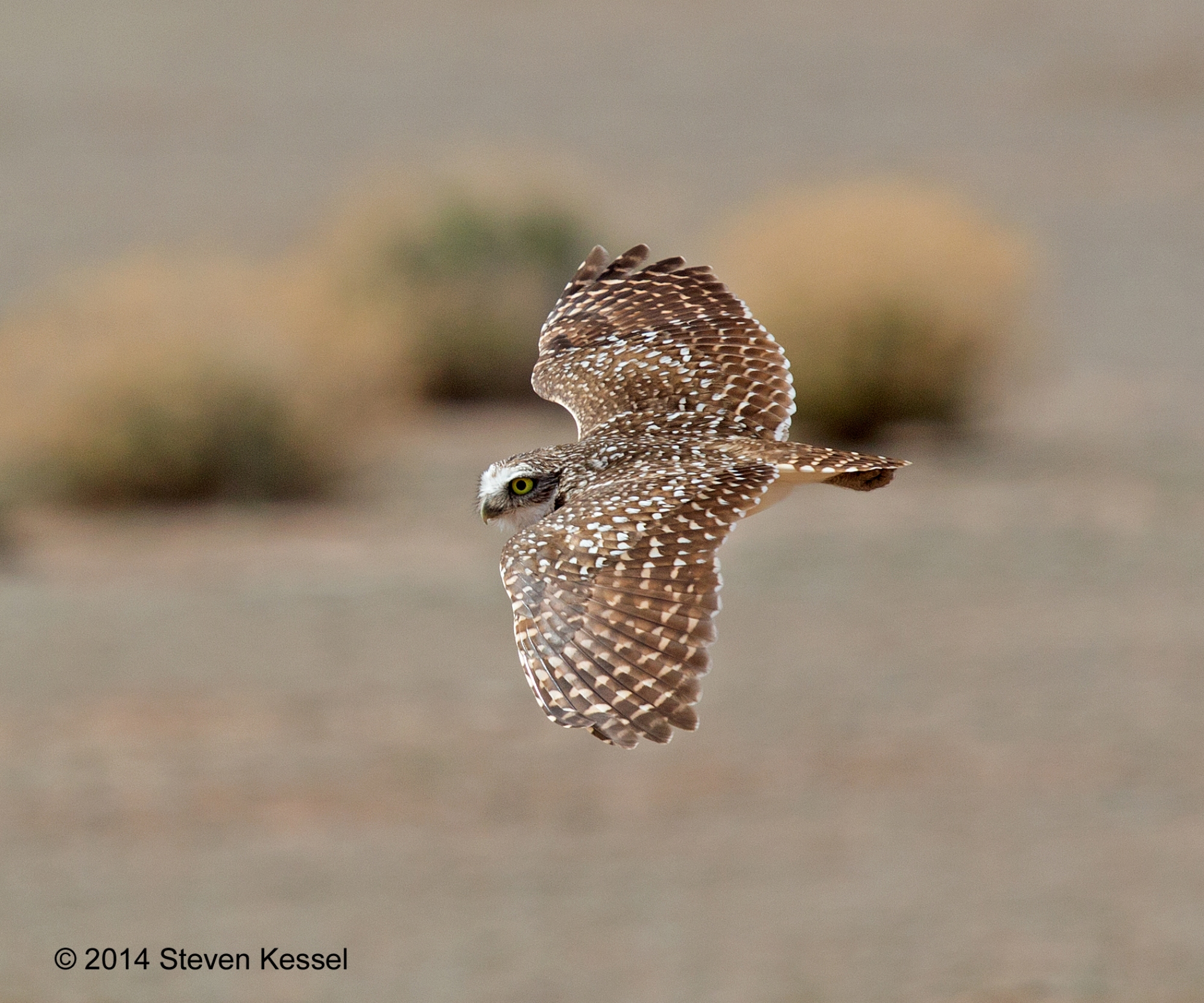You may enlarge any image in this blog by clicking on it . Click again for a detailed view.
I’ve posted a few times recently about the Harris’s Hawk family that claims territory just a short drive from our Tucson home. I’m going to wind up this series with some images of two of these birds engaging in remarkable behavior that is unique to this species.
I drove to the home base of the local family on a recent afternoon. As I got close, I saw something that at first, I didn’t recognize — an odd mass sitting atop a utility pole. I did a double take when I realized that I was looking at three Harris’s Hawks, one perched atop another.
The top bird took flight before I could raise my camera to eye level, but two remained, one still perched on top of the other bird.

I thought for a moment that I might be witnessing a pair of Harris’s Hawks mating, but I quickly decided that I hadn’t caught them in the act. The two birds were about the same size and, generally, female Harris’s Hawks are much larger than are the males. Also, the birds’ posture didn’t seem to be quite right for mating.

So, what was going on if they weren’t mating? I believe that they were engaging in a behavior that ornithologists refer to as “back standing” (I’ve also sometimes seen this behavior referred to as “back stacking”).

Back standing is a well-known albeit not well understood behavior among Harris’s Hawks living in family groups.
There is more than one explanation offered for this behavior. The one that I favor is that this behavior is a way of establishing a pecking order in the family. The bird on top is dominant over the bird(s) underneath.

Or, perhaps, these hawks perch this way just as a means of cementing family ties without regard to which bird is dominant.

Another explanation for this behavior strikes me as being fanciful. Some theorize that Harris’s Hawks stack up this way so that the top bird gets a better view of the surrounding terrain for purposes of spotting prey. Who knows? However, the birds that I observed definitely weren’t in a hunting mode so this theory could not possibly explain what I observed.
The pair remained “stacked” for a few seconds. Then, the top bird took off, followed shortly by its companion.

As I’ve said in previous posts, Harris’s Hawk family behavior is remarkably complex and certainly not completely understood. I have no doubt that I’d witness other fascinating behavior if I spent more time observing this family. Perhaps, I’ll make a return trip later this spring. By then, there should be fledgling birds, assuming that the matriarch of the family breeds this year.

Images made with a Canon R5, Canon RF 800mm f11 lens, M setting (auto ISO), ISO 2500, f11 @ 1/2500.

I like that there is always something to wonder about . . .
I didn’t know about this. Thanks